Throughout its history, NASCAR has seen some remarkable vehicles that outperformed their competition so significantly that they were eventually banned. These cars, often equipped with advanced aerodynamics and powerful engines, changed the face of racing during their time. Here, I delve into seven of these legendary cars that left an indelible mark on NASCAR racing.
Dodge Daytona
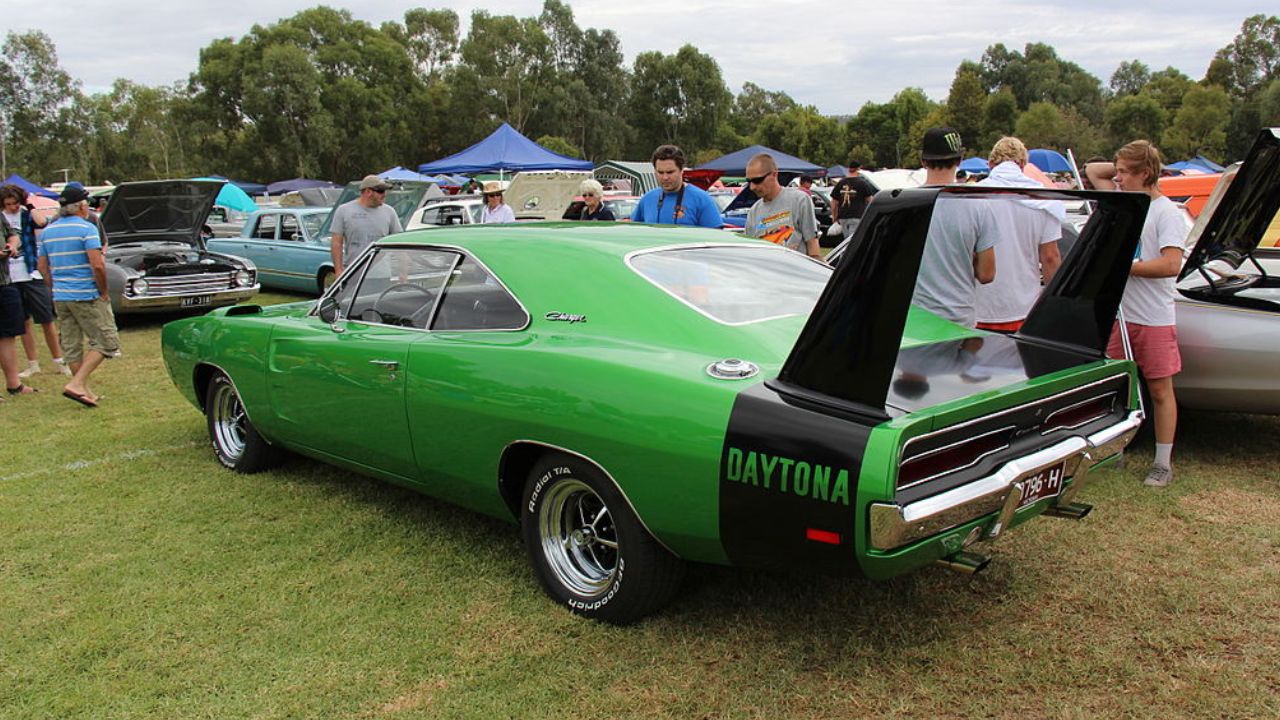
The Dodge Daytona, introduced in 1969, was designed for high-speed performance, sporting a pointed nose and a towering rear wing that set it apart from the pack. Its aerodynamic design allowed it to reach unprecedented speeds, making it a dominant force on the track. The Daytona’s prowess was most famously demonstrated when Buddy Baker broke the 200 mph barrier at Talladega in 1970.
However, the Daytona’s dominance was short-lived. NASCAR banned the car after the 1970 season, citing concerns over its aerodynamic advantages. This decision was part of a larger move to curtail the use of such high-performance modifications that were deemed too advanced for the competition at the time.
Plymouth Superbird
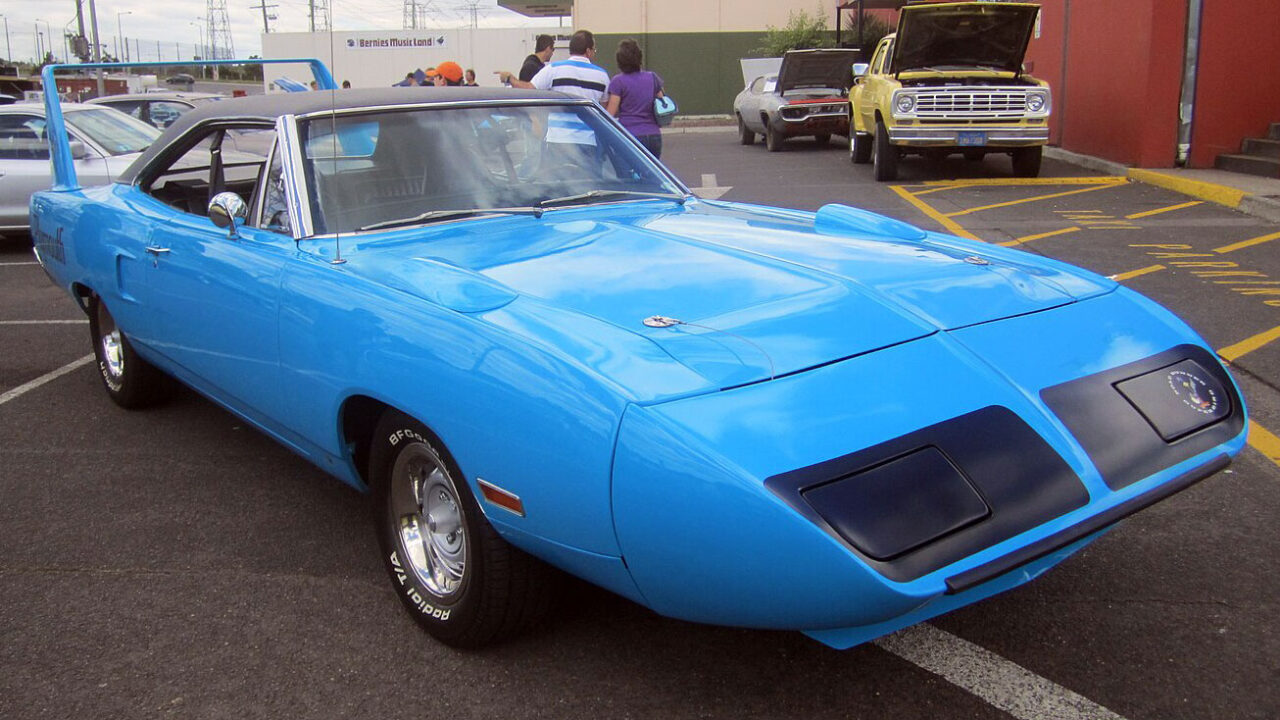
The Plymouth Superbird, closely related to the Dodge Daytona, was another aerodynamic marvel that took NASCAR by storm. Released in 1970, it featured a similarly distinctive nose and rear wing. The Superbird was built specifically to lure racing legend Richard Petty back to Plymouth, and it succeeded in doing so.
The Superbird’s exceptional performance on the track led to its ban after just one year of competition. NASCAR’s decision was driven by a desire to maintain a level playing field, as the Superbird’s cutting-edge design gave it a substantial edge over its competitors.
Ford Galaxie
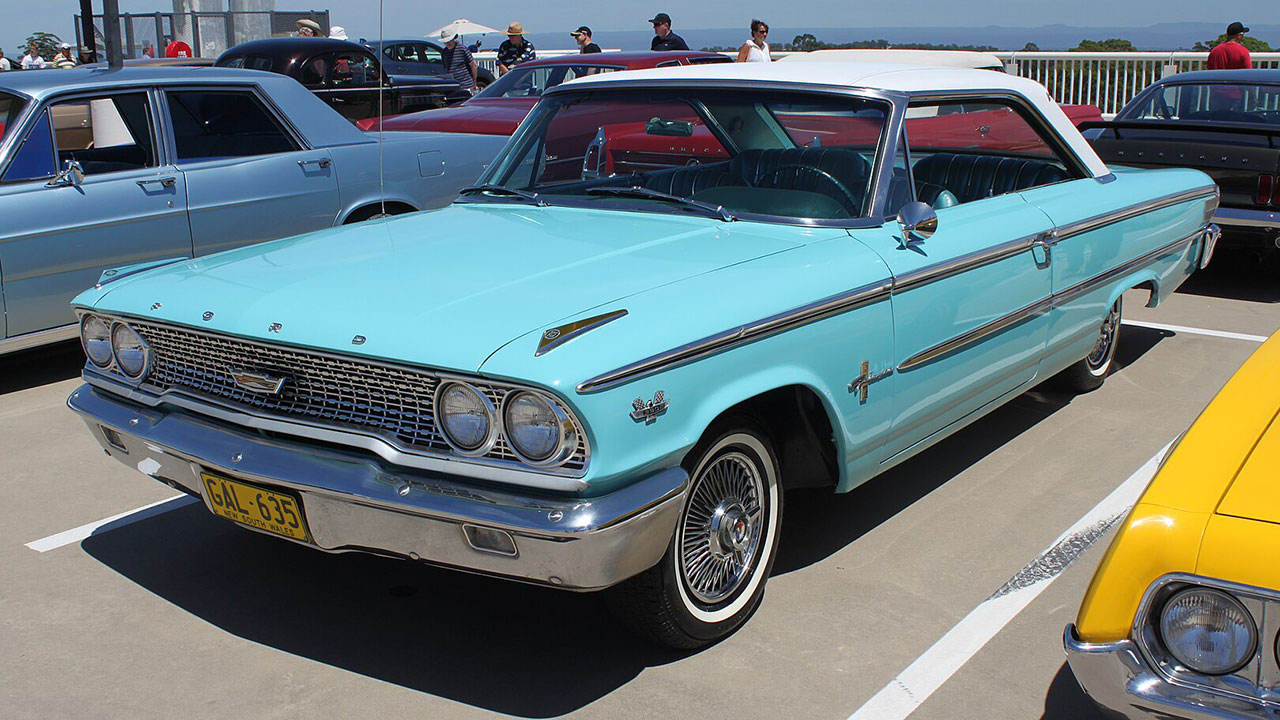
The Ford Galaxie, particularly the 1963 model, was a formidable competitor in NASCAR racing. Equipped with a powerful V8 engine and an aerodynamic design, the Galaxie quickly gained a reputation for its speed and reliability. Drivers like Fred Lorenzen and Ned Jarrett found success behind the wheel of the Galaxie, securing multiple victories.
NASCAR’s response to the Galaxie’s dominance was to implement rule changes that indirectly phased the car out of competition. These adjustments were aimed at curbing the technological advancements that gave the Galaxie its edge, emphasizing the need for competitive balance.
Chevrolet Monte Carlo SS
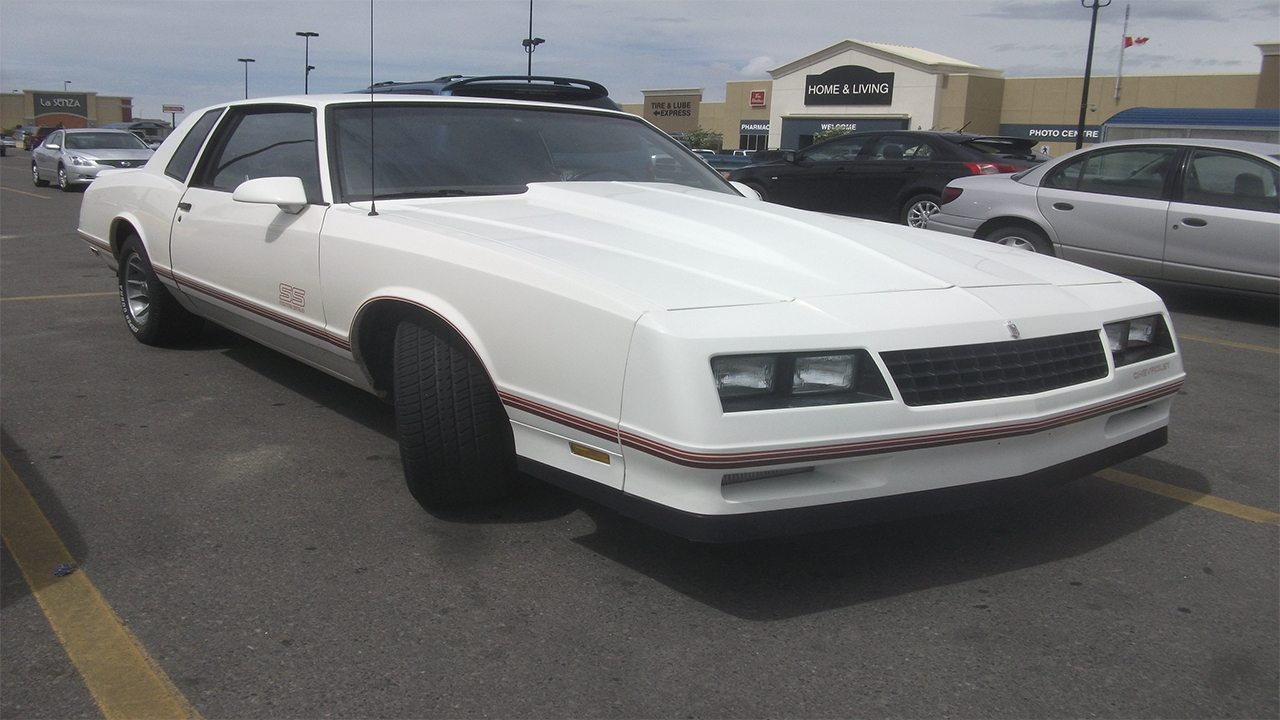
The Chevrolet Monte Carlo SS, particularly the 1983 model, made its mark with its sleek design and powerful performance. The car’s success on the track was attributed to its aerodynamic shape and robust engine, making it a favorite among drivers like Dale Earnhardt.
However, the Monte Carlo SS’s dominance led to NASCAR imposing stricter regulations on body styles and engine specifications. These changes effectively ended the reign of the Monte Carlo SS, as NASCAR sought to ensure fair competition across the board.
Oldsmobile Cutlass
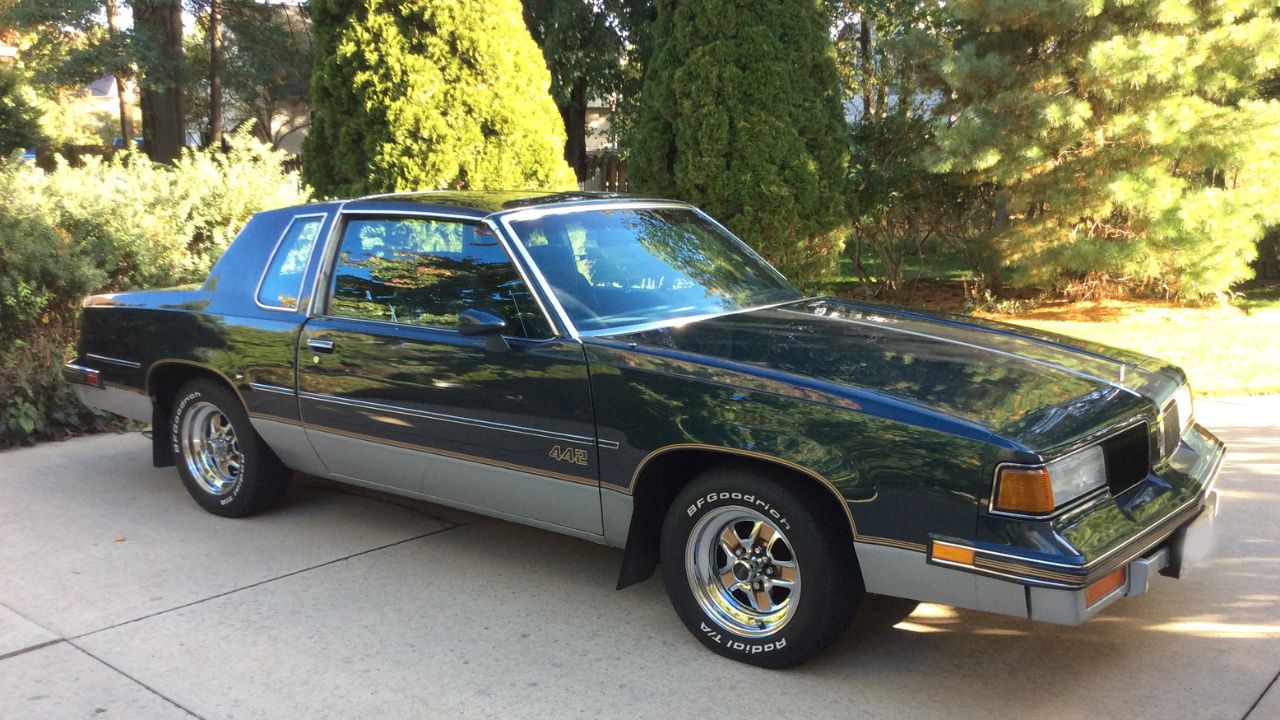
The Oldsmobile Cutlass, particularly in the early 1980s, was a strong contender in NASCAR races. Its aerodynamic design and potent engine made it a popular choice among drivers looking for a competitive edge. Drivers like Darrell Waltrip and Bobby Allison achieved significant success with the Cutlass.
As with other dominant cars, NASCAR’s regulatory body introduced new rules that limited the advantages held by the Cutlass. These changes were part of ongoing efforts to maintain parity and ensure exciting, competitive races for fans and teams alike.
Pontiac Grand Prix
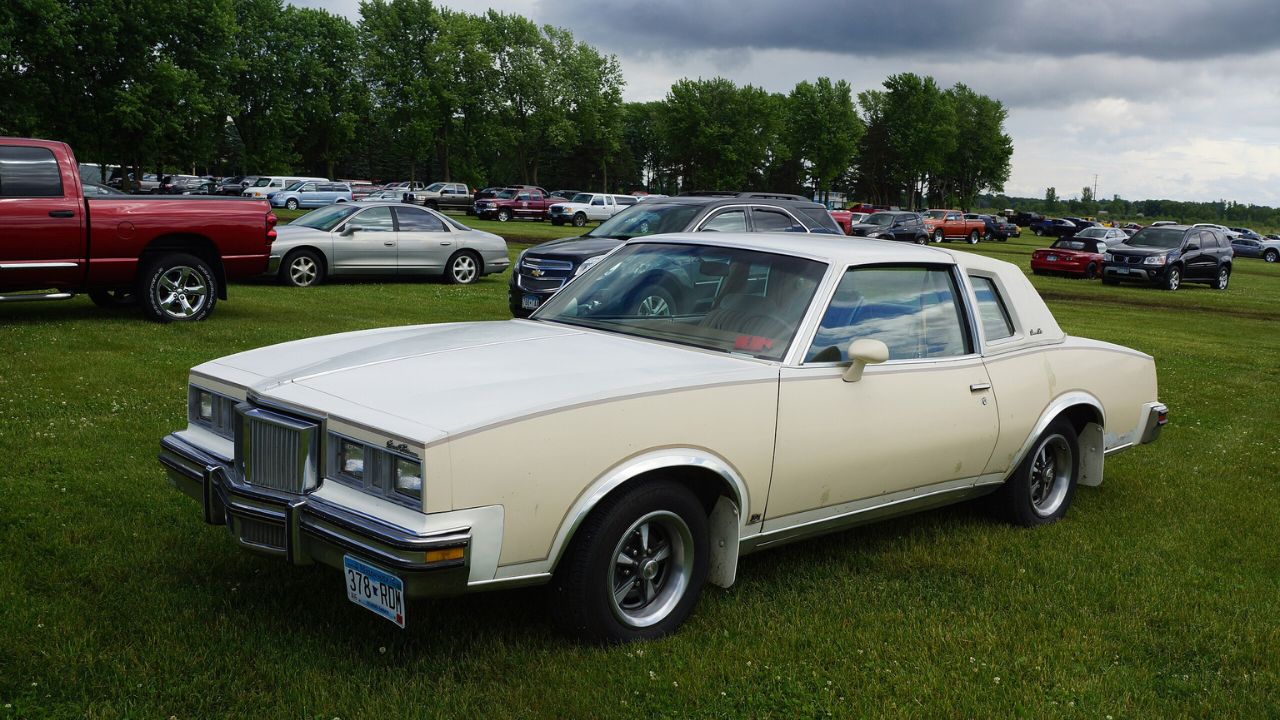
The Pontiac Grand Prix, especially models from the late 1980s and early 1990s, became known for their speed and agility on the track. With drivers like Rusty Wallace and Bobby Labonte behind the wheel, the Grand Prix secured numerous victories and consistently challenged its rivals.
NASCAR’s response to the Grand Prix’s success was to implement rule changes that affected its aerodynamics and engine configurations. These adjustments were made to prevent any one car from maintaining a prolonged advantage, thus promoting a more competitive racing environment.
Mercury Cyclone
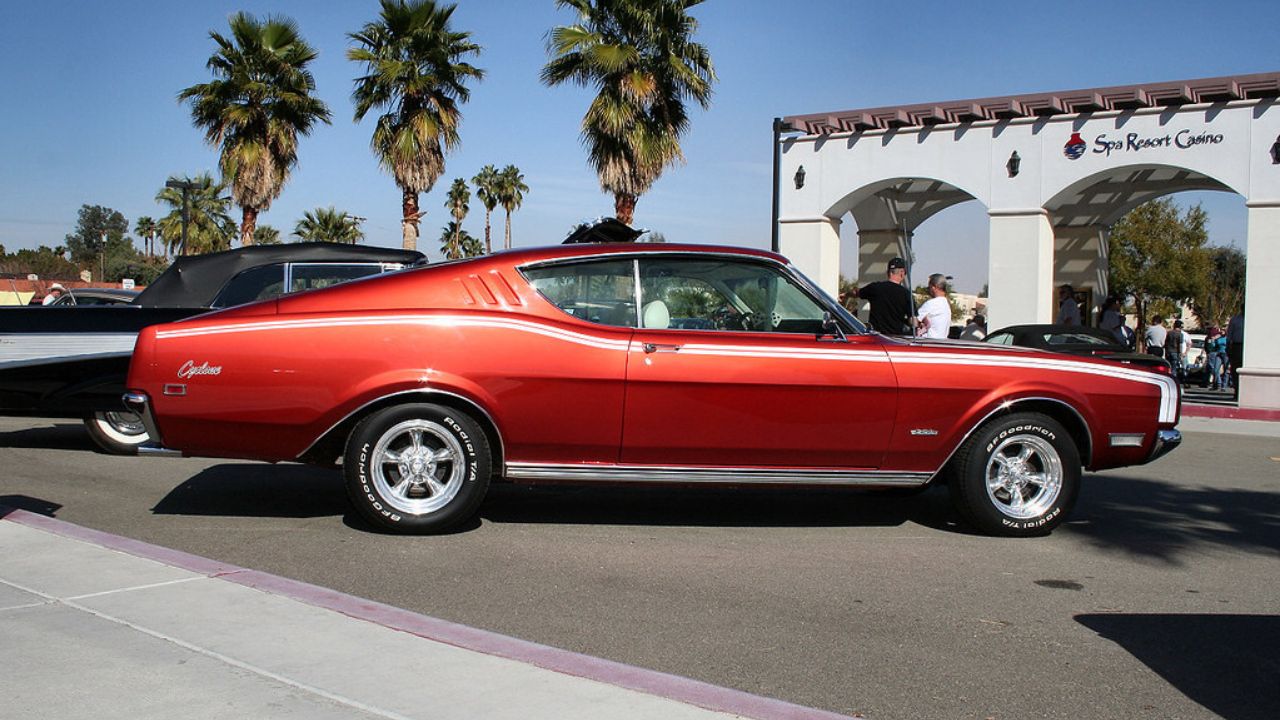
The Mercury Cyclone, particularly the 1969 model, was a powerful competitor with its sleek design and high-performance capabilities. Driven by legends like David Pearson, the Cyclone was a force to be reckoned with on the NASCAR circuit.
In response to the Cyclone’s dominance, NASCAR introduced rules that limited its aerodynamic features, effectively curbing its advantage. These changes were part of a broader strategy to ensure that no single manufacturer or model could dominate the sport unchecked.
Like Fast Lane Only’s content? Be sure to follow us.
Here’s more from us:
*Created with AI assistance and editor review.

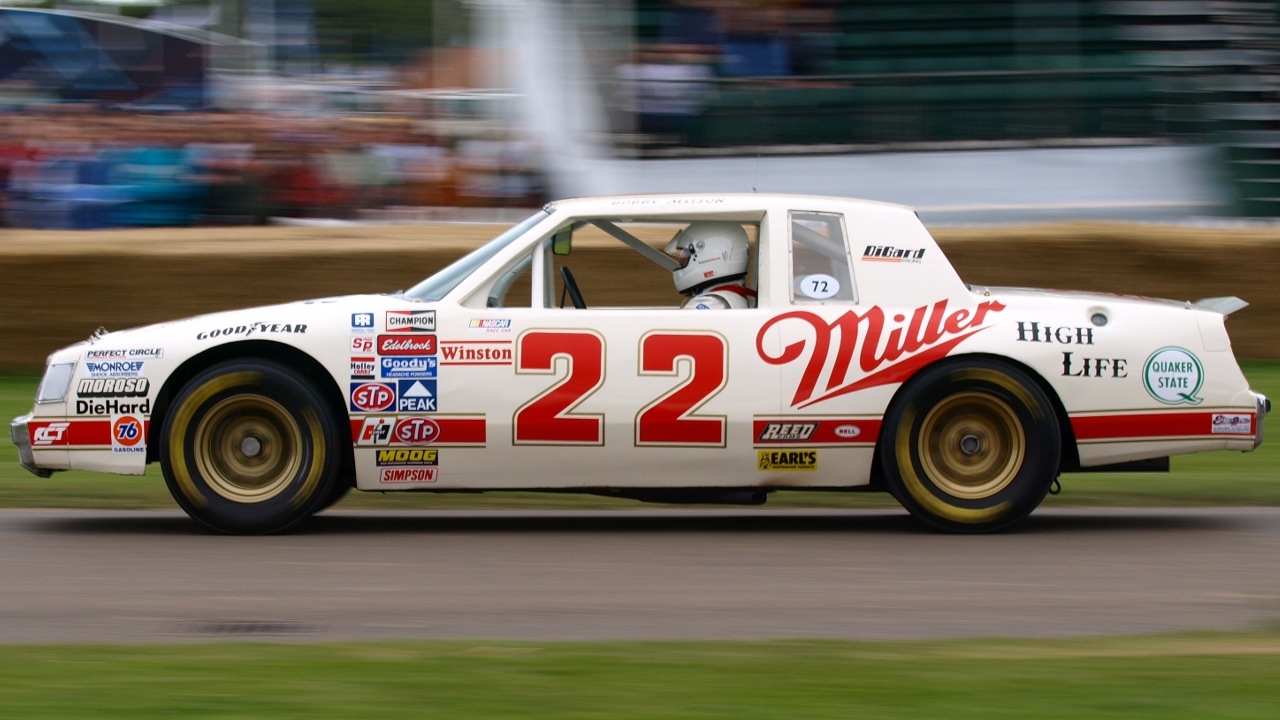
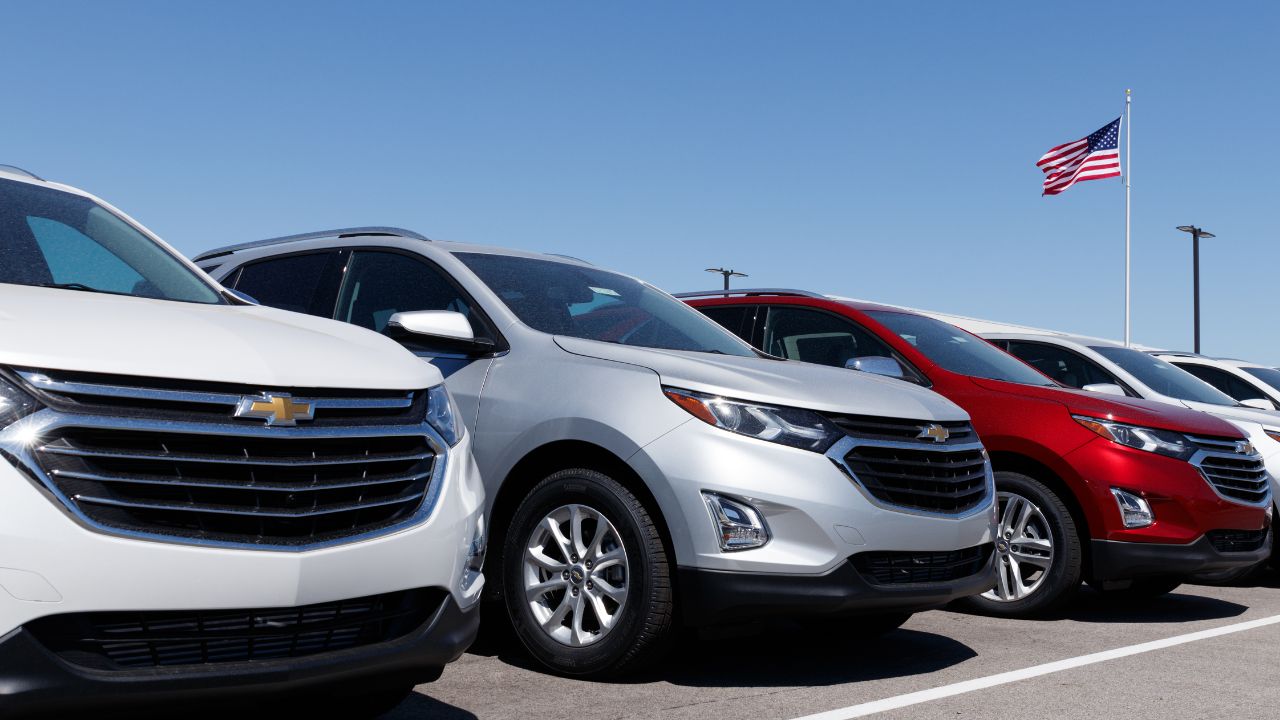
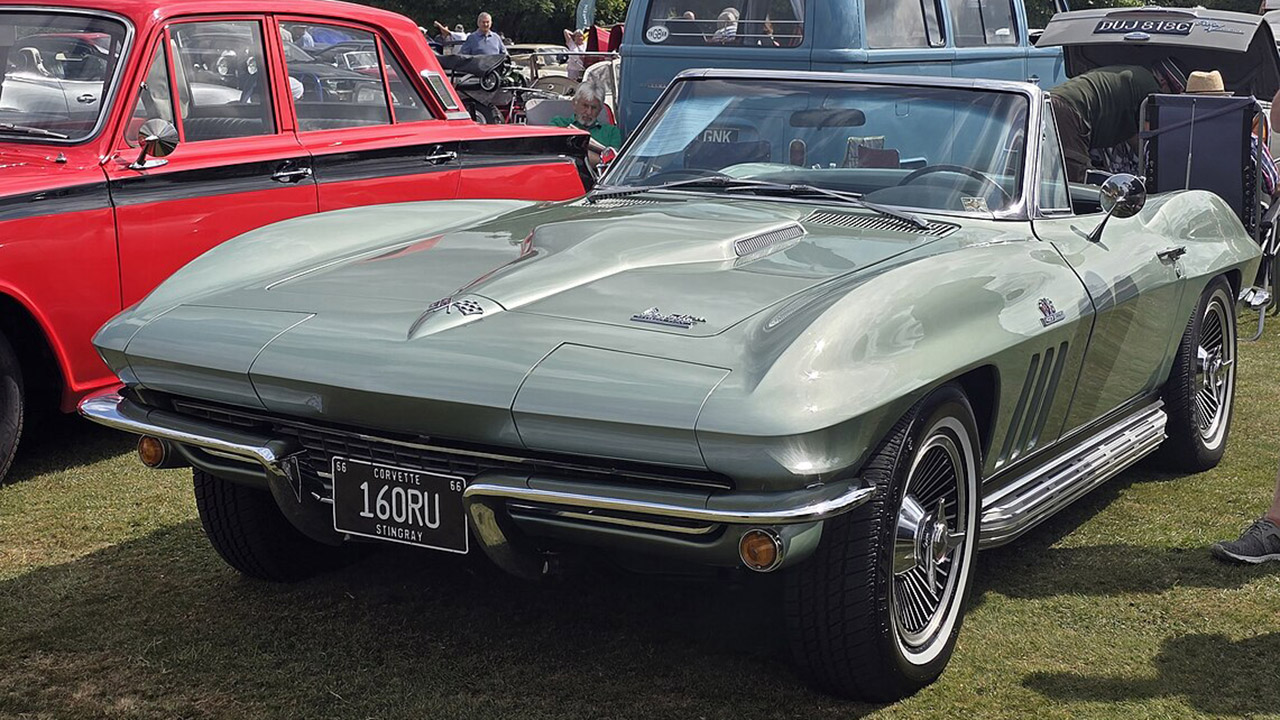

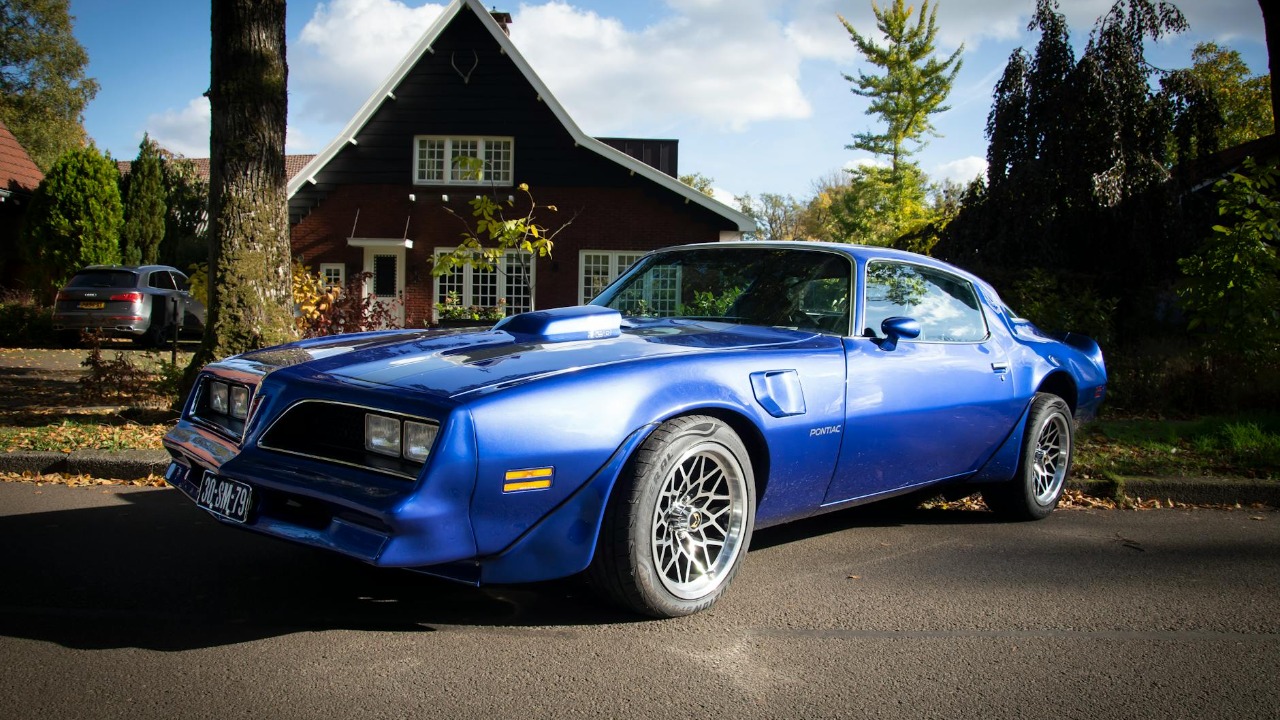
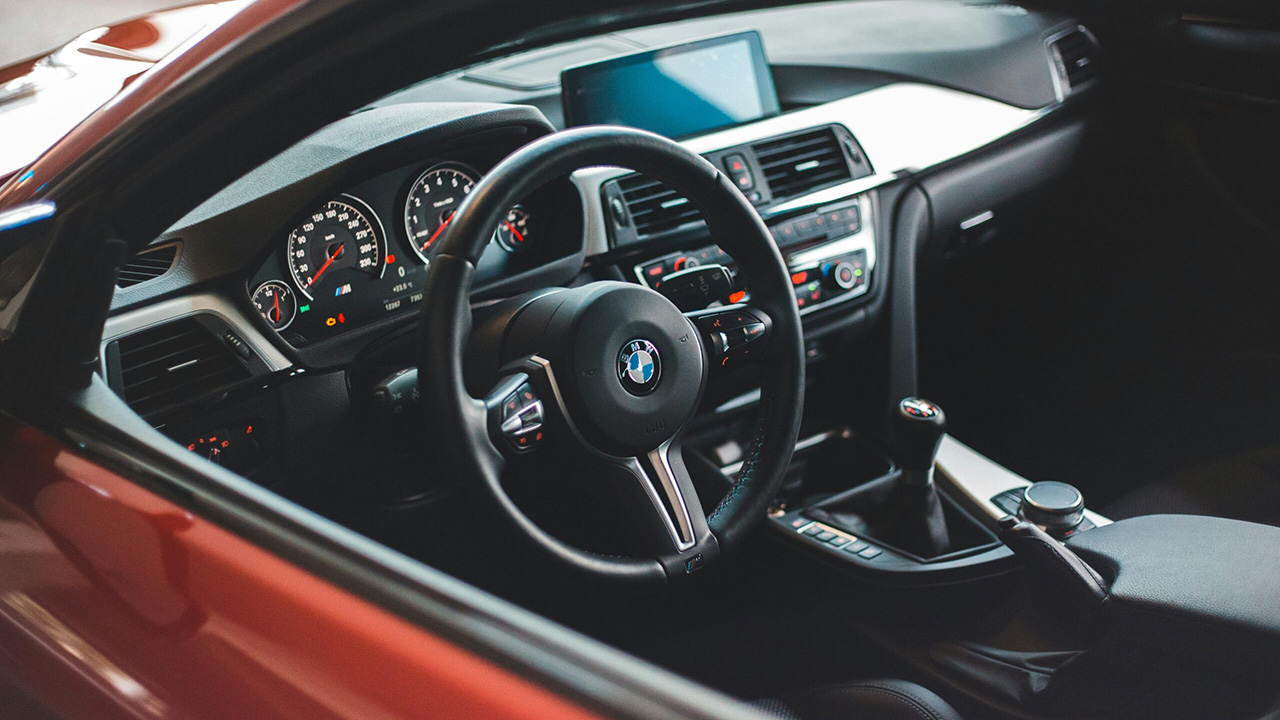
Leave a Reply